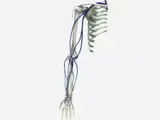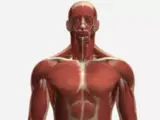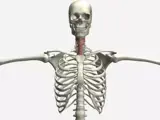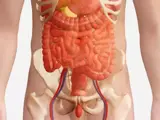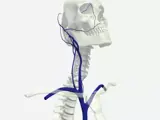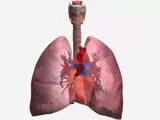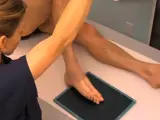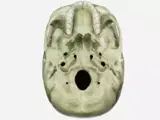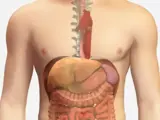Some radiographic examinations involve the administration of intravenous (IV) contrast media, and it is becoming more common for radiologic technologists to administer the pharmocological agent, rather than the physician or radiologist. Therefore it is important for the technologist to have a basic understanding of pharmacology principles and how to perform IV cannulation. This module teaches you about pharmacology and the role of the radiologic technologist in administering drugs for radiologic procedures. Read about the procedures, watch the video demonstration, and explore the relevant anatomy. The online simulator, available in test and practice mode, provides a safe environment to learn and practice the steps for venous cannulation. This module is an ideal resource if you are studying for the American Registry of Radiologic Technologists® (ARRT) registry exams.
You’ll learn
- to describe basic pharmacological principles such as naming, classification, dosing and charting practices
- to identify the different routes of drug administration
- to explain the concepts of pharmacokinetics and pharmacodynamics
- the role of a radiologic technologist in administering pharmacological agents to patients
- to practice, perfect and test your skills in performing venous cannulation for administering contrast media
- about the different options for patients with procedural anxiety
- how to identify adverse reactions and how to respond in a medical emergency
- much more (see “content details” for more specific information)
You’ll learn
- the most common methods of anesthesia in dental practice
- relevant medical terminology
- important safety considerations
- pre-procedure and post-procedure considerations
- correct recording and reporting procedures
- how to prepare anesthetic for delivery
- to understand the different injection sites and which needles are appropriate for each
- to visualize the anatomy of the teeth, gums and the nerves surrounding the upper and lower teeth
- the common clinical scenarios where anesthetic is utilized
- to practice and perfect your skills in the delivery of anesthetic during dental procedures
- the impact of the state Dental Practice Act.
- much more (see “content details” for more specific information)






